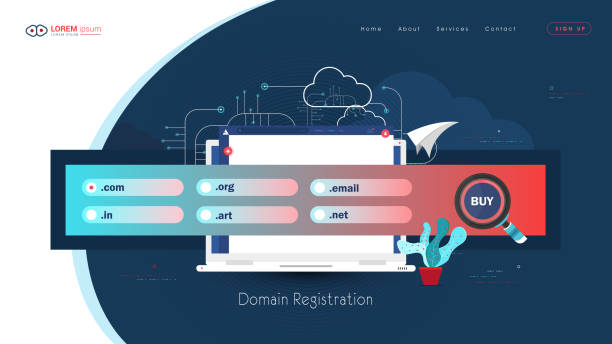Legal issues are a part of the process when establishing and protecting your brand. Keep three things in mind when you do.
You can protect your brand by covering all bases, including copyright, trademarking, and patent registration. Do not just concentrate on one or two. You need to cover all three.
It would be best if you also protect your copyrights and patents. Be thorough when drafting contracts, maintain secrecy, and stay on top of all legal filings.
Third, act quickly because your competitors are just around the corner. If you have anything to protect, do it as soon as you can.
Nine Legal Issues
It is important to protect your brand or product, as it is one of the fundamental elements of your business presence.
You need to have a strong intellectual property (IP), copyright, and patent strategy from the beginning of your company. This will protect your brand and keep you safe against accusations of infringement.
How can you protect your brand, trademark, and copyright? Here are nine important legal issues that you should be aware of.
Protecting Your Patents
Patents can be applied to any physical product, invention, software, or development process. Patents are not part of the IP framework, but they are related.
Be sure to follow these three tips.
1. Keep trade secrets
Keep quiet about your intellectual property and patents. It is not necessary to require anyone entering your office to sign a nondisclosure agreement. Still, it is important to have a system in place that controls the flow of information so that only those with a need for development details are informed. You should keep sensitive information secret until a patent is granted or pending.
2. Incorporate formal agreements of ownership for IP
Create a contract agreement between you, the product developers, and any other partners or founders of your venture. Make sure that everyone involved agrees on the ownership stakes of any patents that are pending and the division of intellectual property. Further, make sure that any IP or patents are covered by clear contractual agreements so that developers cannot claim ownership later.
3. Patent your inventions as soon as you can
Patent your IP as soon as possible. To save money, first, focus only on domestic patents. You can save money for when you expand internationally. The “provisional” patent is a great temporary strategy. It’s actually a “provisional application of patent.” This allows you to protect your IP while waiting for formal approval.
Trademark registration
The core of any branding strategy is trademark protection. This is what protects all your logos, trademarks, and words or phrases.
Follow the four guidelines below.
1. Clearance Search
It is important to check if a symbol or logo, brand name, catchphrase, image, or slogan that you wish to trademark has not been trademarked. It is not worth the time or money to try to trademark something without checking first. You can either pay for a service to perform a search or do it yourself using the Trademark Electronic System of the Patent and Trademark Office ( TESS).
2. Protect your brand by filing a trademark application
When you are sure that there are no third-party claims against your brand identity products, register them as trademarks. You can also download the registration forms from TESS and apply for trademark protection online. The fee ranges between $275 to $375 depending on what type of registration is required.
As your trademark application winds its way through bureaucratic processes, protect yourself by assigning a TM/SM mark to any pending trademarks. The SM is for service-based trademarks, and the TM is for product-based registrations.
To indicate full ownership, your formally registered trademarks can be marked with (R)(r).
3. Brand your business to the fullest
Some larger companies that have registered their brands forget to register and protect derivatives of the brand, such as social networking tags or possible online names.
You should register all domain suffixes that are associated with your brand or catchphrase, even if it is a trademark. It’s important to protect your brand name. You don’t want anyone to create a website using your business name and use it negatively.
You can sue if you already have a trademark registered but someone else has used it as part of an internet domain or social media tag. However, you will need to prove that your registration took place before the other party created the tag or domain. You could be stepping into murky legal waters if you don’t.
4. Establish a clear IP licensing protocol
This applies to copyrights, trademarks, and patents. It is important to have clearly defined policies on how you intend to license or not to grant third-party access to your intellectual property. You should ensure that any licensing or franchise agreements you have with other companies, vendors, or suppliers are clearly written and reviewed by legal professionals.
This step involves establishing clear boundaries on what you can and cannot do with your trademark or IP.
Legal Issues Regarding Copyright and Brand Identity
If we are talking about protecting your brand, copyright is a must. It will represent a large part of what you do for the rest of the world. Copyright is often associated with musicians and authors of books, but its impact on the brand of your business can be equally important.
Promoting yourself as an authority in your field is a key part of building your reputation with clients and the general public. This may include distributing written material such as guides, instructions, information packages, or website content. These written works form part of your business and brand identity. They need to be protected if you do not want other people to use them for personal gain or self-promotion.

